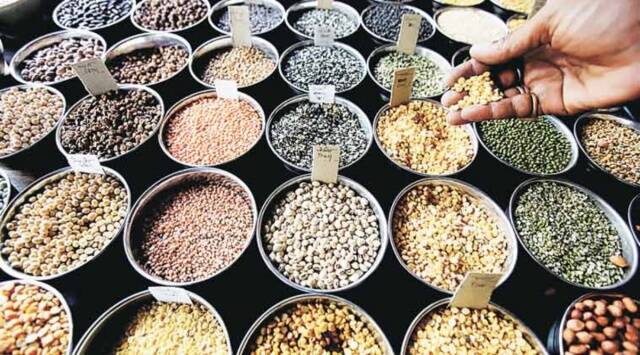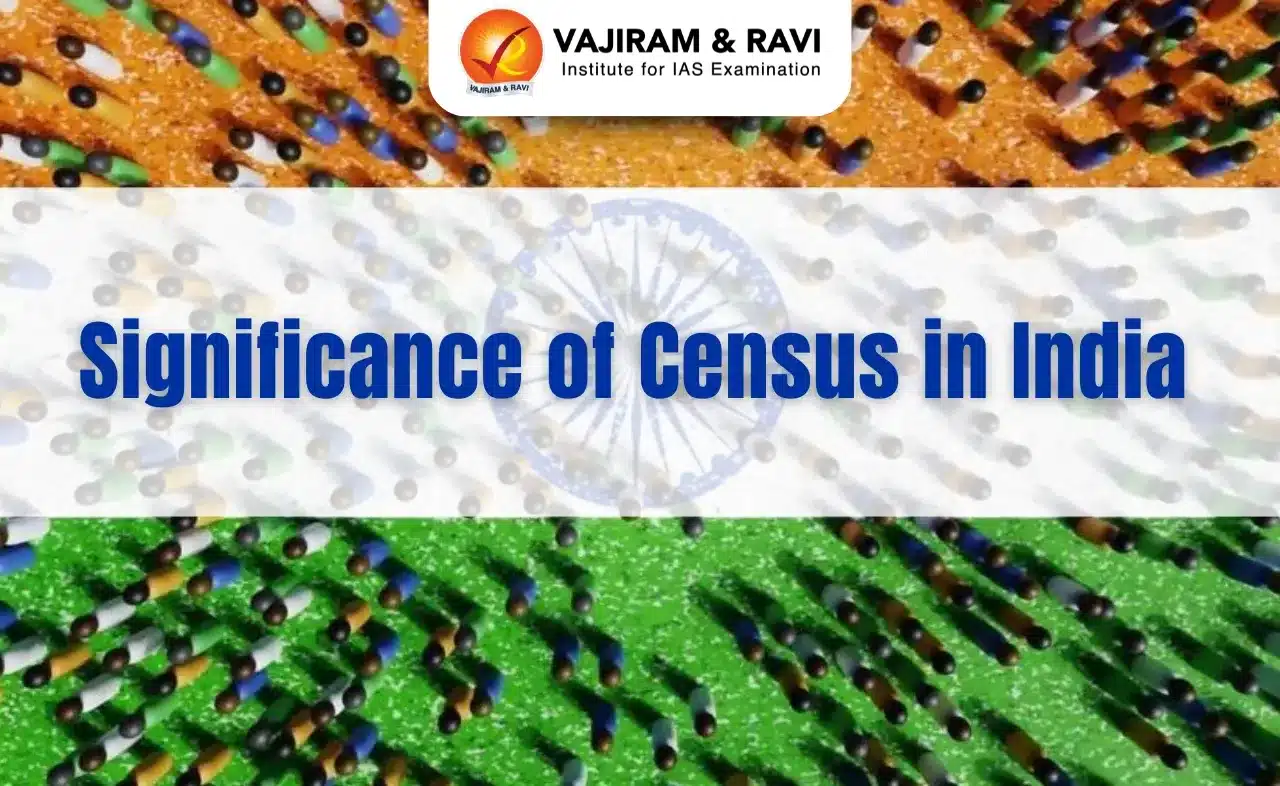What’s in today’s article?
- Why in News?
- Background (Context)
- About Pulses
- Pulses in India
- Recent Trend w.r.t. Import/Export of Pulses in India
Why in News?
- After registering growth for four consecutive years, India’s pulses imports in terms of the rupee declined by around 5 per cent during the 2022-23 fiscal.
Background (Context)
- There are two agricultural commodities in which India is significantly import-dependent: Edible oil and Pulses.
- Between 2013-14 and 2022-23 (April-March), the value of India’s vegetable oil imports has soared from approx. Rs 44,000 crore to approx. Rs 167,200 crore. Much of this has been in just the last two fiscal years.
- Out of the 24-25 million tonnes (mt) cooking oil that the country consumes annually, only 9-10 mt is from domestically produced grain. The balance 14-15 mt is imported.
- In case of pulses, the trend has been reversed.
About Pulses
- Pulses are the edible seeds of plants in the legume family. Pulses grow in pods and come in a variety of shapes, sizes and colors.
- The United Nations Food and Agriculture Organization (FAO) recognizes 11 types of pulses – dry beans, dry broad beans, dry peas, chickpeas, cow peas, pigeon peas, lentils, Bambara beans, vetches, lupins and pulses nes (not elsewhere specified – minor pulses that don’t fall into one of the other categories).
Pulses in India
- Pulses are the major sources of protein in the diet.
- Of all categories of people, pulses form an integral part of the Indian diet, providing much-needed protein to the carbohydrate-rich diet.
- Pulses are 20 to 25 percent protein by weight which is double the protein content of wheat and three times that of rice.
- Varieties –
- Major pulses are grown chickpeas (gram), pigeon pea (tur or arhar), moong beans, urad (black matpe), masur (lentil), peas and various kinds of beans.
- Areas of Cultivation –
- The main regions with high productivity are Punjab, Haryana, Western Uttar Pradesh, West Bengal delta region, coastal Andhra Pradesh, Tamil Nadu, Kerala, coastal and eastern Karnataka and some parts of Maharashtra.
- Facts & Figures –
- India is the largest producer of pulses in the world.
- India exported 410,375.89 mt of pulses to the world for the worth of approx. Rs. 2,800 Crores during the year 2021-22.
- Major Export Destinations (2021-22) –
- UAE, China, US, Nepal, Canada and Iran.
Recent Trend w.r.t. Import/Export of Pulses in India
Image Caption: Import of Pulses in India
- The value of imports of pulses in the last 9 years has only seen a marginal rise.
- From approx. Rs 11,000 crore to approx. Rs 15,800 crore.
- In quantity terms, India’s imports of pulses more than doubled from 3.18 mt in 2013-14 to 6.61 mt in 2016-17.
- From those peaks, they have come down to 2.52 mt in 2022-23.
- Reasons –
- The reduction in pulses imports have come essentially on the back of higher domestic production.
- According to the Agriculture Ministry, India’s pulses output has increased from 19.26 mt in 2013-14 to 27.50 mt in 2022-23.
- Even taking 23 mt production and 2.5 mt imports translates into an atmanirbharta or self-sufficiency ratio of over 90% in pulses, as against hardly 40% for edible oils.
- Imports of two items have recorded dramatic drops: Yellow/white peas (matar) and chickpea (chana).
- The boost to chana production came from two key government measures, incentivizing Indian farmers to expand area under the pulses crop grown during the rabi (winter-spring) season.
- The MSP of chana has been raised from Rs 3,100 to Rs 5,335 per quintal between 2013-14 and 2022-23.
- Areas Where India is Still Lacking –
- Chana’s success has, however, not been replicated for other pulses, particularly arhar/tur or pigeon pea.
- The same goes for urad (black gram), a predominantly kharif (post-monsoon sown) crop like arhar.
Q1) What are the main Pulses in India?
Bengal Gram (Desi Chick Pea / Desi Chana), Pigeon Peas (Arhar / Toor / Red Gram), Green Beans (Moong Beans), Chick Peas (Kabuli Chana), Black Matpe (Urad / Mah / Black Gram), Red Kidney Beans (Rajma), Black Eyed Peas (Lobiya), Lentils (Masoor), White Peas (Matar) are major pulses grown and consumed in India.
Q2) What are Zaid crops?
Zaid crops are summer season crops. They grow for a short time period between kharif and rabi crops, mainly from March to June.
Last updated on June, 2025
→ UPSC Notification 2025 was released on 22nd January 2025.
→ UPSC Prelims Result 2025 is out now for the CSE held on 25 May 2025.
→ UPSC Prelims Question Paper 2025 and Unofficial Prelims Answer Key 2025 are available now.
→ UPSC Calendar 2026 is released on 15th May, 2025.
→ The UPSC Vacancy 2025 were released 1129, out of which 979 were for UPSC CSE and remaining 150 are for UPSC IFoS.
→ UPSC Mains 2025 will be conducted on 22nd August 2025.
→ UPSC Prelims 2026 will be conducted on 24th May, 2026 & UPSC Mains 2026 will be conducted on 21st August 2026.
→ The UPSC Selection Process is of 3 stages-Prelims, Mains and Interview.
→ UPSC Result 2024 is released with latest UPSC Marksheet 2024. Check Now!
→ UPSC Toppers List 2024 is released now. Shakti Dubey is UPSC AIR 1 2024 Topper.
→ Also check Best IAS Coaching in Delhi













